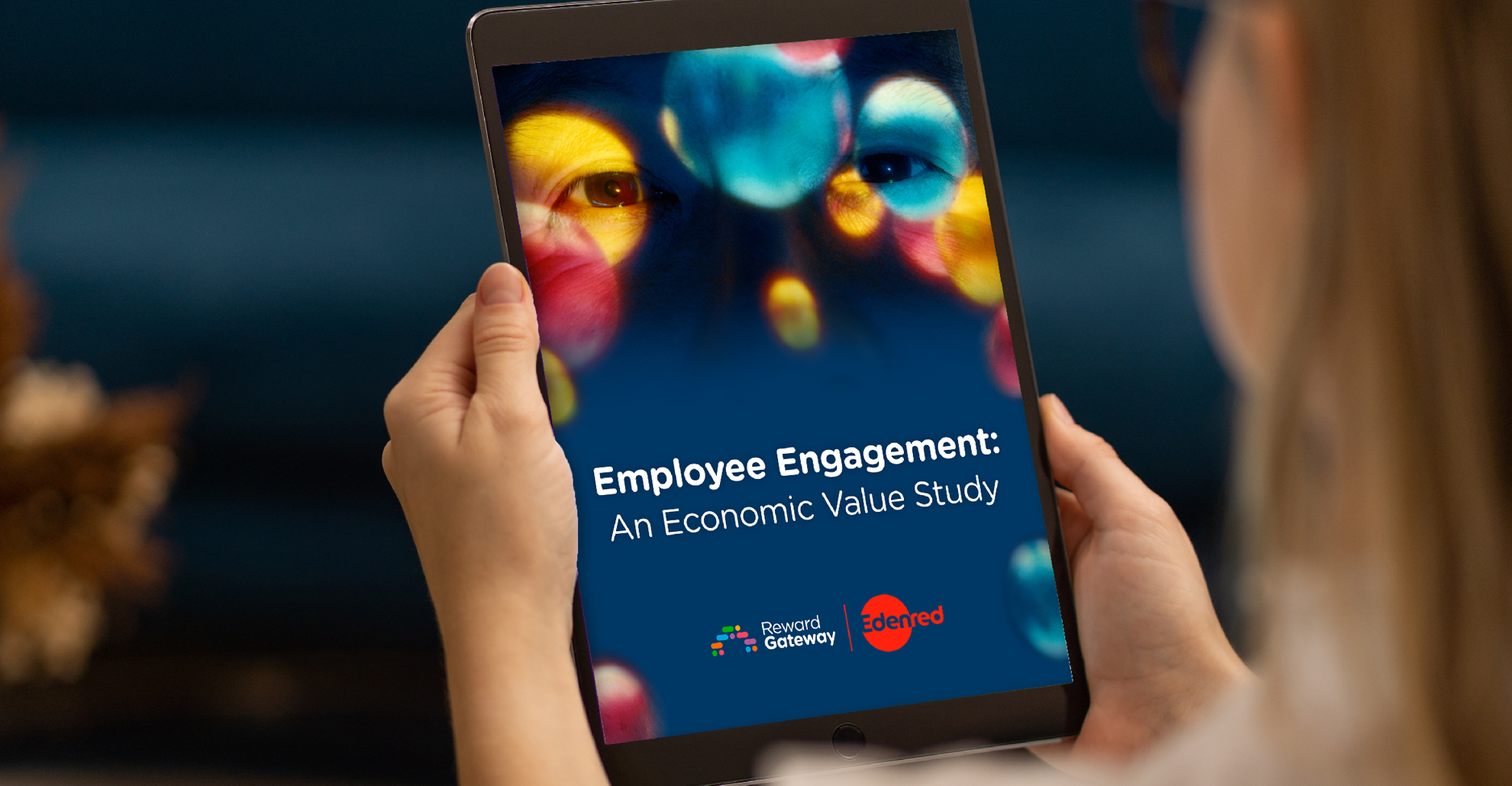You’ve probably heard people say the phrase “your people are your greatest asset.” It’s a line frequently shared by HR leaders, often with good intentions. The idea is that business should be prioritising people investments and culture change in the workplace, because without people to provide services, and a supportive and creative culture required for ongoing innovation, businesses are unlikely to succeed. But at Reward Gateway, we don’t take this phrase at face value. We challenge it.
We challenge the idea because even though we know people are important, not all the employees currently working at your company are bringing your mission forward.
Every employee has differing levels of discretionary effort and intent to stay, and these affect their engagement and how much value they bring to your company.
There are many versions of the employee engagement quadrant, but we believe that it’s likely your employees fall into one of the following categories: 
Detractors
As the name suggests, these employees challenge almost all decisions made by leadership. They actively undermine any efforts to improve their own or other people’s productivity or processes, and tend to blame others when things go wrong. They thrive on disagreement and negativity and will happily speak badly about culture within the organisation without making any effort to improve it.
Stayers
These employees have been around for so long they are part of the furniture. They might be reliable, but they may also be resistant to change and impede innovation. Often seen as “plodders”, these employees what is necessary to get through their day and nothing more. They only put in as much effort required to themselves instead of helping their colleagues or furthering the mission of the company.
Go Getters
These employees are bright, self-motivated, and driven to deliver high-quality work. While they are often highly engaged, they may only be for as long as it benefits their own interests. They often see their current role or company as a stepping stone, so they don’t consider the bigger picture or mission of the company, and can sometimes go rogue if decisions don’t suit them.
Ambassadors
These employees not only enjoy their job and consistently deliver high-quality work, they’re loyal to the company and make decisions based on the long-term good and survival of the broader team or group. They focus on a constructive (not destructive!) approach to questioning management directives or current processes, and bring a positive attitude that brings up the people around them.
Of the four categories above, which group do you think is the most important asset for your business?
All businesses experience turnover, and some of it is necessary, so it’s likely that you have a proportion of your employees preparing to leave. Some employees (hopefully a decreasing number), may fall into the first two categories and active undermine or ignore your efforts to unite and connect your people to a greater mission.
That’s why we say that it’s engaged employees who are your greatest asset. The people willing to go the distance and make good decisions for the company and its clients, and are willing and capable of driving growth and innovation.
Changing your company culture can help grow more of its most important assets
Earlier this year, Gartner released findings from their Global Talent Monitor, noting that discretionary levels in Australia have dropped to 15.7% (a record low since 2014), alongside employees’ intent to stay, which has dropped by 8%. Employees actively seeking jobs have increased by 5.6%. Gartner’s findings pose a major challenge for companies seeking to establish a stable, motivated and productive workforce.
What’s a business leader to do?
Gartner’s recommendation is to implement a strong Employee Value Proposition (EVP) that focuses on what employees value most.
Employees don’t have stay fixed to a category. Companies can make decisions to positively influence Detractors and Stayers, and help grow the loyalty of the Go Getters in your team so that the majority of your workforce are Ambassadors.
Here are a few ways to start:
- Take a look at the Employee Engagement Bridge™ to see which elements you can strengthen.
- Not sure where to start? Ask your people! Surveying employees to gain their input and feedback about areas for improvement is key. Gartner found that those companies who designed an EVP based on what their employees valued decreased the premium compensation needed to attract qualified candidates. The approach also has the potential to decrease annual employee turnover by up to almost 70%!
- Consider your employee demographic. Have you evolved your employee engagement strategy to cater for a multi-generational workforce?
- Does your benefits strategy provide personalisation and choice, so it’s delivering genuine value for your people and ROI for your business?
- Are there opportunities to introduce technology that will help improve communication between leaders and employees in your organisation or connect geographically dispersed teams?
- Consider whether your recognition and reward program celebrates Stayers instead of those who are consistently displaying your company values and driving your mission forward. Is it time to introduce a values-led recognition strategy, that brings your company purpose and business goals front and centre?
- Have you looked at how to keep your long-term employees engaged – you don’t want to lose your Ambassadors to the other three categories!
These are just a few suggestions to get you thinking about how to move the needle on employee engagement and start a cultural transformation within your organisation.
It’s not about turning every single employee into an Ambassadors — that’s highly unlikely. But you can start with one step and one change that can help shift the tide, and soon each teams will have engaged employees who are willing to do and give their best for the company’s success and growth - and those are the people who really are your company’s greatest assets.
 Evan Smith
Evan Smith




